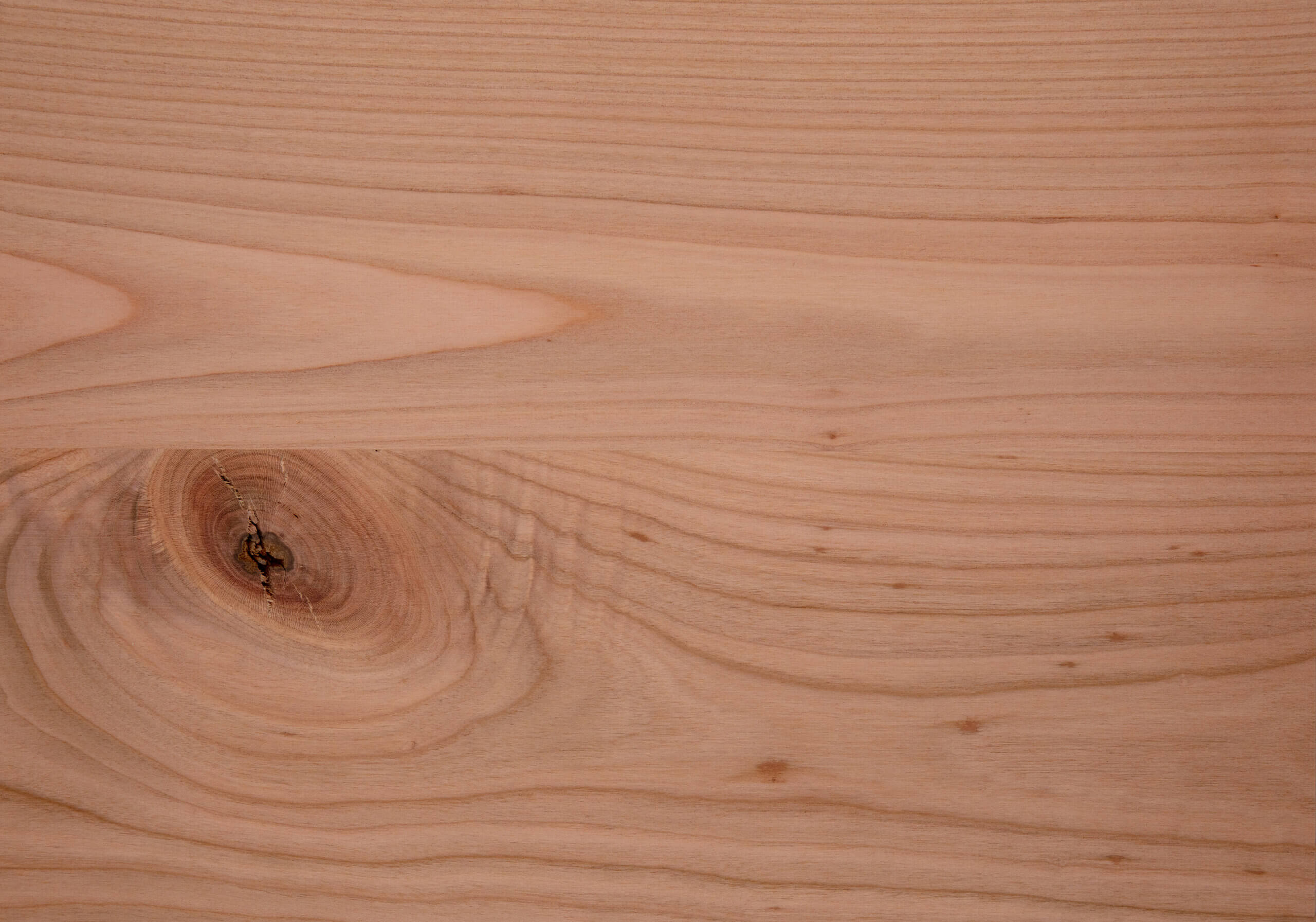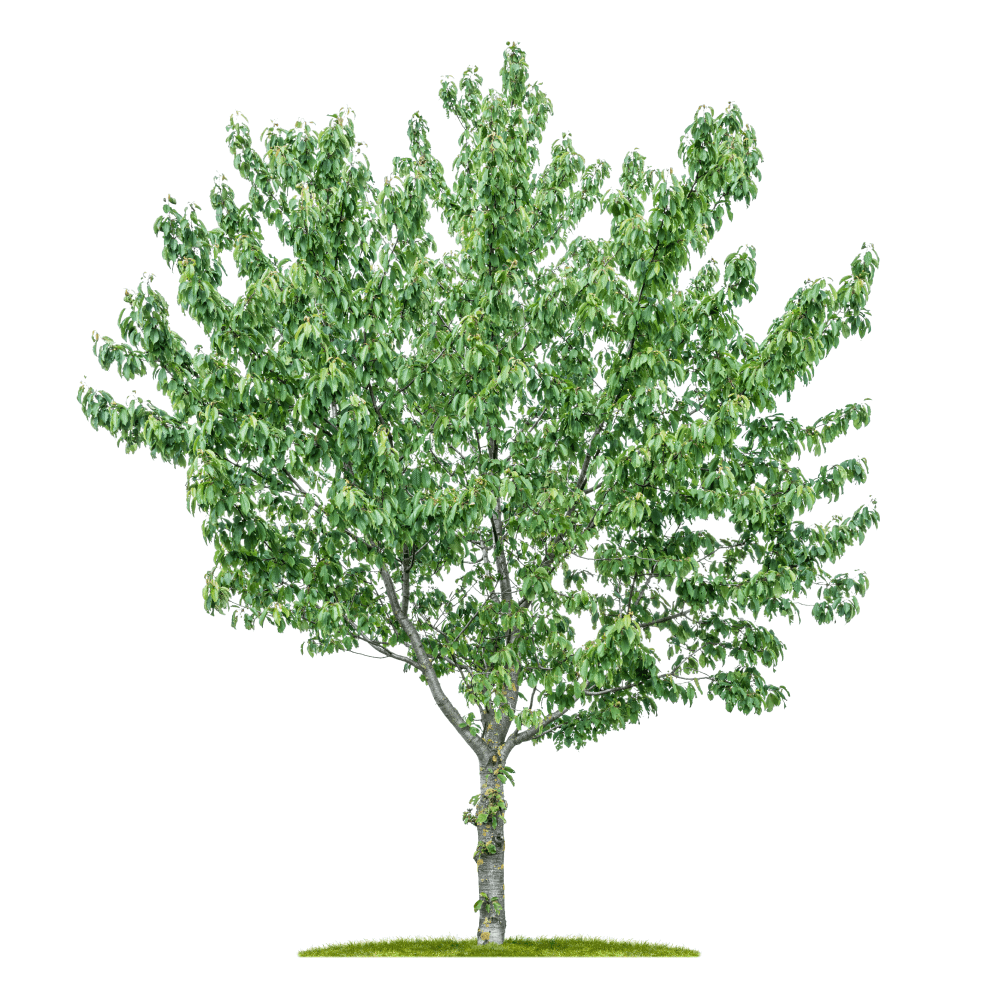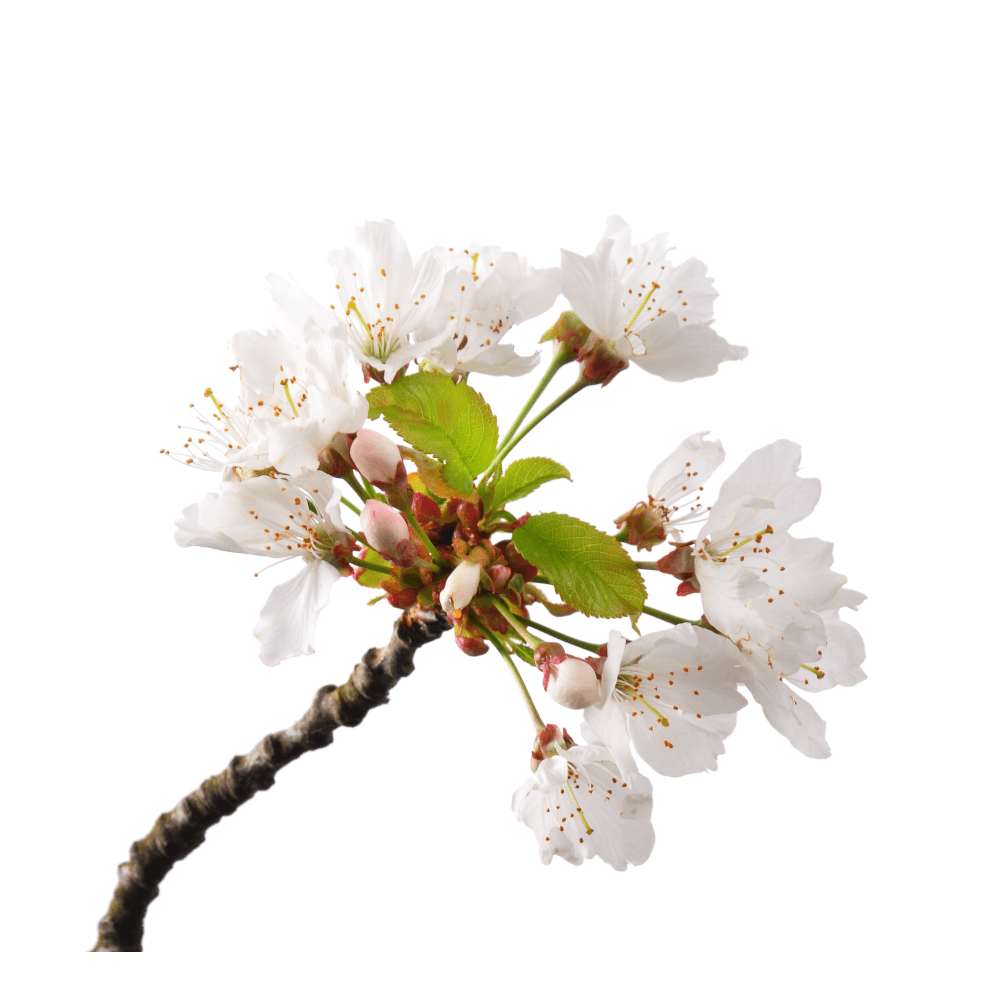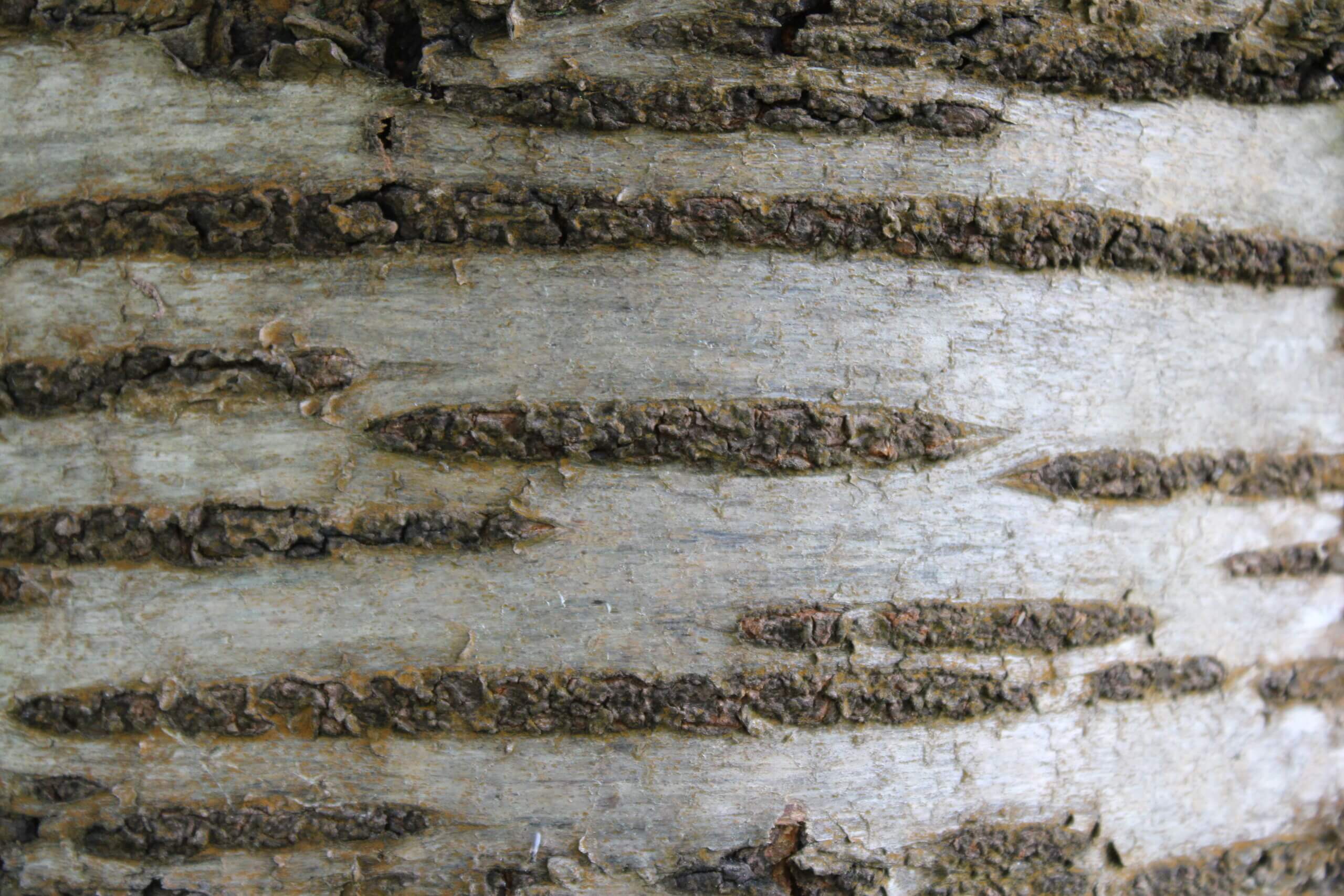Knotty Cherry tree
bot. Prunus avium

The knotty cherry tree does not botanically differ from the other qualities of the cherry tree . Rather, the term refers to the special kind of appearance of the wood. Knotty cherry tree is characterised by the fact that the wood is interspersed with the grain of natural growth cracks, intergrown knots and inclusions.
Comments
Sapwood weak, heartwood somewhat more durable. Not weather resistant.
Hardness grade
30
Color
Sapwood is yellowish to reddish light, the heartwood pale yellow.
Color change
Later darkening to reddish brown, mandatory heartwood colour.
In the past, knotty qualities were sorted out because there was no demand for them in the wood processing industry. Today, knotty qualities are in great demand, especially in furniture making. While ” ordinary” cherry wood has a calmer structure and grain, the wood of the knotty cherry tree shows wilder characteristics and small cracks. The wood is therefore particularly suitable for solid wood furniture with a characteristic appearance, where the natural growth cracks are left in the wood for design reasons. Contrary to the common quality of the cherry tree, knotty cherry tree wood is very rare and difficult to procure as it is hardly traded on the market. In forest stands and close crops, the trees tend to grow without branches, as they only unfold their crown when they reach daylight. Whereas free-standing trees or trees at the edge of the forest are inclined to grow knots, as the crown is formed and developed early.
Origin
- Native habitat of the cherry tree is in Central Europe to the Caucasus and Asia Minor.
- The tree needs plenty of light and appreciates fertile chalky soil.
- It is often found at the edge of mixed deciduous forests.
Wood character
- Very rare, decorative, and streaked hardwood characterised by wood features such as intergrown knots, growth cracks and inclusions. Knots and cracks are puttied black at vonrickenbach.swiss ag.
- Wood matt-glossy, annual rings clearly visible due to semi-annular porosity, very decorative.
- Medullary rays numerous, light reddish easily recognisable, medium wide.
Use
- The precious timber is used for surface parts such as beds, covers, table tops, etc..
Characteristics
Weight: 630 KG/M³
Weight (Average bulk density air dry, ᵨ 12...15)
Average hardness: 30 N/MM²
Average hardness according to Brinell (radial)
Stability: gut
Dimensional and form stability
Durability: wenig dauerhaft bis mäßig dauerhaft
Natural durability according to DIN-EN 350-2


